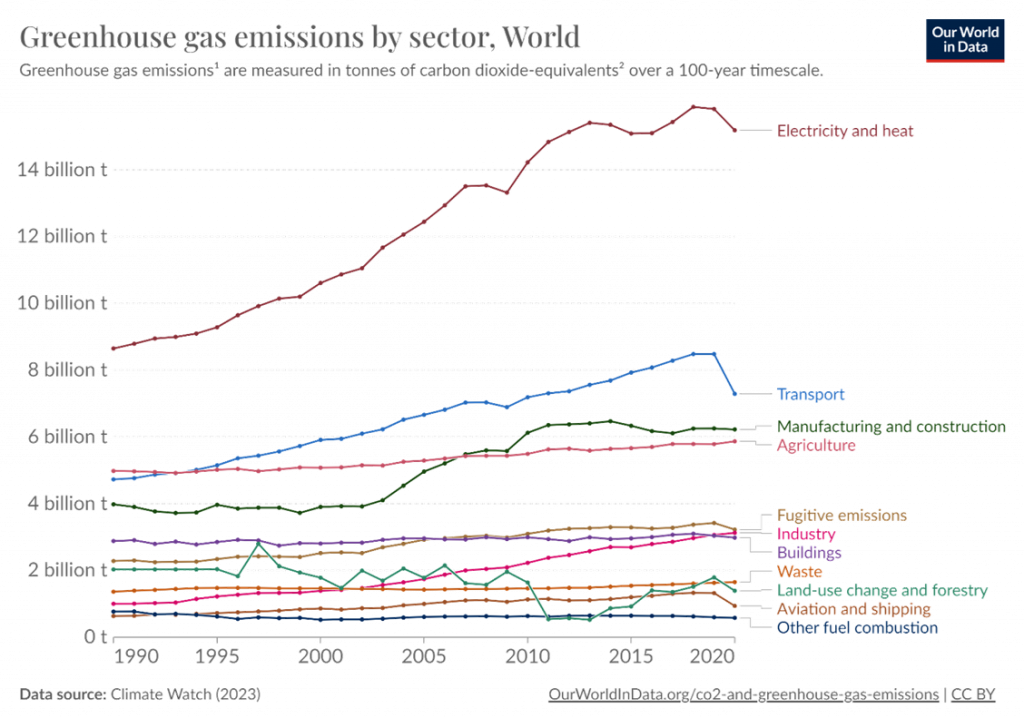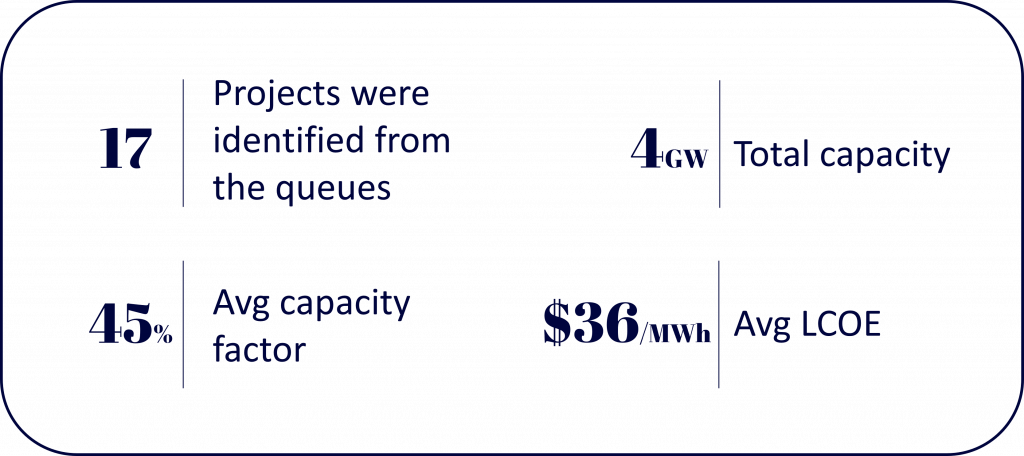Andrea Pena Villa | MEL Candidate | Room C300 | 09:30 – 10:00 | December 15th, 2023 | Mentor: Carlos A. Sánchez L, MEng | Celsia Colombia
Abstract
Celsia, one of the biggest utilities in Colombia, based on all its background and experience in renewables, is searching for new markets to develop wind and solar facilities. The US energy generation market is an attractive opportunity, with solar and wind resources available, excellent logistic infrastructure, income diversification in a strong currency, and incentives to promote the technologies that this company is willing to develop. To get into a new market with clean energy projects, Celsia must understand all the permits, requirements, studies, policies, incentives, and processes it must consider before being ready to build one of these facilities. This analysis started by understanding all the milestones to meet before constructing one of these projects. Celsia decided to focus on wind solutions; as a result, a 4GW wind projects pipeline was identified in three evaluated electric markets (ERCOT, MISO, and SPP).
Introduction
In the search to meet the Net-Zero emission targets and considering that electricity production is one of the leading economic sectors that generates GHG emissions (see Chart 1), the Biden government, through the Inflation Reduction Act (IRA), is promoting the implementation of clean energy sources. Celsia, one of Colombia’s biggest utilities, sees the US electric power market as an opportunity for new investments. The initial objective was to identify a project pipeline in the US market up to 800 MW PV or 400 MW wind capacity in three of the following energy markets: Midcontinent (MISO), PJM, New York (NYISO), Southwest Power Pool (SPP) or Texas (ERCOT). Due to changes in the regulation of wind energy projects in Colombia and considering that it is easier to find locations with solar resources available, Celsia decided to focus on wind solutions, and all the analysis was made for this technology.

Methods and Materials
The following resources are the basis of this project:
- Department of Energy, to understand all the federal requirements about wind technology.
- FERC (Federal Energy Regulatory Commission) to analyze federal policies and choose the electric power markets.
- IRENA (International Renewable Energy Agency) and IEA (International Energy Agency) to understand global trends.
- MISO, ERCOT & SPP websites to build the pipeline based on the projects on the queue and to understand their interconnection agreement process.
- RETScreen Expert was used to simulate the projects (financial model and electricity generation).
- Bloomberg – BNEF to identify technology trends and financial indicators.
Results
- All the permits, requirements, studies, policies, incentives, and processes required to build one of these facilities were identified. A Ready to Build checklist was defined considering all the governmental entities Celsia must consult to develop these projects.
- Three critical points were found that need to be considered to get into the US: Interconnection capacity, land availability, and wind resource availability.
- Considering that the interconnection agreement process is a milestone that is taking years to achieve, Celsia decided to change from developing a new wind energy project from zero to buying an existing one under development with the interconnection agreement in process.
- The wind pipeline (Scheme 1) was built considering the three electric power markets covering the wind resource potential in the US (MISO, SPP, and ERCOT).

Discussion
Besides the wind pipeline identified within the three electric power markets selected, it was found that there are two different ways to assign the interconnection agreement for a future project.
Connect & Invest: The operator will approve the interconnection request with some Network Upgrades required; the Generator will build them before connecting its project.
Risks:
- The project capex will increase.
- Suppose the project shares the Point of Interconnection with other generators. In that case, the investment will be divided, but there is a scheduling challenge to have the infrastructure ready for the first project required to achieve its commercial operation.
Connect & Manage: The operator will approve the interconnection request faster, but the project will be exposed to curtailments during its operation—no Network Upgrades are required.
Risks: Uncertainty in electricity generation projection.
Conclusions
- Considering the lack of interconnection capacity, Celsia plans to enter the US electric power market by buying an existing project under development that already has an interconnection request.
- Although the US promotes introducing clean energy sources in its electricity mix, the interconnection infrastructure must be improved before the transition.
- Within the project pipeline, some projects were prioritized depending on the owner of the project, their status on the queue, the financial results, the wind resources available, and specific requirements due to their location. Celsia has a short list to make its first approach to this market.
- As a future analysis, Celsia must decide, considering the pros and cons of “Connect and Manage” and “Connect and Invest,” which type of risks they are willing to accept to make prioritization of the project pipeline.
Contact
Andrea Peña Villa
Email: andreapenavilla@gmail.com